If investors who had bought into this runaway market displayed little of the thought processes described by either rational choice or game theory, they also displayed little of the behaviour implied by a more common and clichéd account – the fear and greed account of investor folly. According to this piece of folk wisdom a bull market, as it picks up steam, churns out extraordinary profits, and these cause the better judgement of investors to become warped by the distemper of greed. The implication is that investors know full well that the market is a bubble, yet greed, rather than cunning, causes them to linger before selling.
Greed certainly can and does cause investors to run with their profits too long. By itself, though, the account misses something important about bubbles like the dot.com era and perhaps the Roaring Twenties – that investors naïvely and fervently believe they are buying into the future. Cynicism and cunning are not on display. Furthermore, as a bull market starts to validate investors’ beliefs, the profits they make translate into a lot more than mere greed: they bring on powerful feelings of euphoria and omnipotence. It is at this point that traders and investors feel the bonds of terrestrial life slip from their shoulders and they begin to flex their muscles like a newborn superhero. Assessment of risk is replaced by judgements of certainty – they just know what is going to happen: extreme sports seem like child’s play, sex becomes a competitive activity. They even walk differently: more erect, more purposeful, their very bearing carrying a hint of danger: ‘Don’t mess with me,’ their bodies seem to say. ‘I can handle anything.’ Tom Wolfe nailed this delusional behaviour when he described the stars of Wall Street as ‘Masters of the Universe’.
It was this behaviour more than anything else that struck me during the dot.com era. For the undeniable fact was, people were changing. The change showed itself not only among the untrained public but also, perhaps even more, among professional traders all along Wall Street. Normally a sober and prudent lot, these traders were becoming by small steps euphoric and delusional. Their minds were frequently troubled by racing thoughts, and their personal habits were changing: they were making do with less sleep – clubbing till 4 a.m. – and seemed to be horny all the time, more than usual at any rate, judging by their lewd comments and the increased amount of porn on their computer screens. More troubling still, they were becoming overconfident in their risk-taking, placing bets of ever-increasing size and with ever worsening risk–reward trade-offs. I was later to learn that the behaviour I was witnessing showed all the symptoms of a clinical condition known as mania (but now I am getting ahead of the story).
These symptoms are not unique to Wall Street: other worlds also manifest them, politics for example. One particularly insightful account of political mania has been provided by David Owen, now Lord Owen. Owen, a former Foreign Secretary and one of the founders of the Social Democratic Party, has spent most of his life at the very top of British politics. But he is by training a neurologist, and has lately taken to writing about a personality disorder he has observed among political and business leaders, a disorder he calls the Hubris Syndrome. This syndrome is characterised by recklessness, an inattention to detail, overwhelming self-confidence and contempt for others; all of which, he observes, ‘can result in disastrous leadership and cause damage on a large scale’. The syndrome, he continues, ‘is a disorder of the possession of power, particularly power which has been associated with overwhelming success, held for a period of years and with minimal constraint on the leader’. The symptoms Owen describes sound strikingly similar to those I observed on Wall Street, and his account further suggests an important point – that the manic behaviour displayed by many traders when on a winning streak comes from more than their newly acquired wealth. It comes equally, perhaps more, from a feeling of consummate power.
During the dot.com years I was in a good position to observe this manic behaviour among traders. On the one hand I was immune to the siren call of both Silicon Valley and Silicon Alley. I never had a deep understanding of high tech, so I did not invest in it, and could watch the comedy with a sceptical eye. On the other, I understood the traders’ feelings because I had in previous years been completely caught up in one or two bull markets myself, ones you probably did not hear about unless you read the financial pages, as they were isolated in either the bond or the currency market. And during these periods I too enjoyed above-average profits, felt euphoria and a sense of omnipotence, and became the picture of cockiness. Frankly, I cringe when I think about it.
So during the dot.com bubble I knew what the traders were going through. And the point I want to make is this: the overconfidence and hubris that traders experience during a bubble or a winning streak just does not feel as if it is driven by a rational assessment of opportunities, nor by greed – it feels as if it is driven by a chemical.
When traders enjoy an extended winning streak they experience a high that is powerfully narcotic. This feeling, as overwhelming as passionate desire or wall-banging anger, is very difficult to control. Any trader knows the feeling, and we all fear its consequences. Under its influence we tend to feel invincible, and to put on such stupid trades, in such large size, that we end up losing more money on them than we made on the winning streak that kindled this feeling of omnipotence in the first place. It has to be understood that traders on a roll are traders under the influence of a drug that has the power to transform them into different people.
Perhaps this chemical, whatever it is, accounts for much of the silliness and extreme behaviour that accompany bubbles, making them unfold much like a midsummer night’s dream, with people losing themselves in ill-fated delusions, mixed identities and swapped partners, until the cold light of dawn brings the world back into focus and the laws of nature and morality reassert themselves. After the dot.com bubble burst, traders were like revellers with a hangover, heads cradled in hands, stunned that they could have blown their savings on such ridiculous schemes. The shocked disbelief that the reality sustaining them for so long had turned out to be an illusion has nowhere been better described than on the front page of the New York Times the day after the Great Crash of 1929: ‘Wall St.,’ it reported, ‘was a street of vanished hopes, of curiously silent apprehension and a sort of paralyzed hypnosis.’
IS THERE AN IRRATIONAL EXUBERANCE MOLECULE?
As I say, the overconfident behaviour I describe is one that most traders will recognise and most have experienced at one point or another in their careers. I should add, however, that in addition to the changed behaviour among traders, another remarkable fact struck me during the dot.com years – that women were relatively immune to the frenzy surrounding internet and high-tech stocks. In fact, most of the women I knew, both on Wall Street and off, were quite cynical about the excitement, and as a result were often dismissed as ‘not getting it’, or worse, resented as perennial killjoys.
I have a special reason for relating these stories of Wall Street excess. I am not presenting them as items of front-line reportage, but rather as overlooked pieces of scientific data. Scientific research often begins with fieldwork. Fieldwork turns up curious phenomena or observations that prove to be anomalies for existing theory. The behaviour I am describing constitutes precisely this sort of field data for economics, yet it is rarely recognised as such. Indeed, out of all the research devoted to explaining financial market instability, very little has involved looking at what happens physiologically to traders when caught up in a bubble or a crash. This is an extraordinary omission, comparable to studying animal behaviour without looking at an animal in the wild, or practising medicine without ever looking at a patient. I am, however, convinced we should be looking at traders’ biology. I think we should take seriously the possibility that the extreme overconfidence and risk-taking displayed by traders during a bubble may be pathological behaviour calling for biological, even clinical, study.
Читать дальше
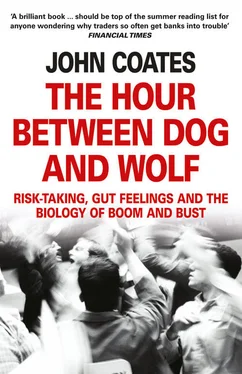
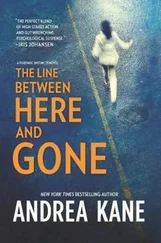
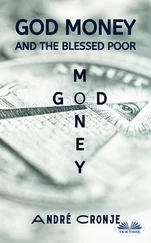
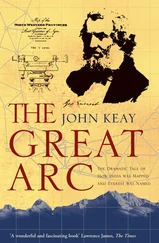

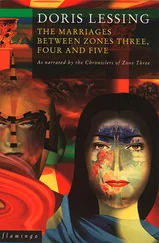

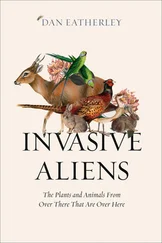

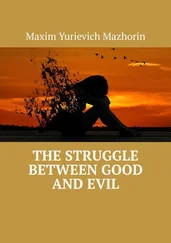
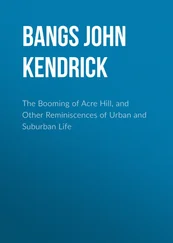
![John Bruce - The Lettsomian Lectures on Diseases and Disorders of the Heart and Arteries in Middle and Advanced Life [1900-1901]](/books/749387/john-bruce-the-lettsomian-lectures-on-diseases-and-disorders-of-the-heart-and-arteries-in-middle-and-advanced-life-1900-1901-thumb.webp)
